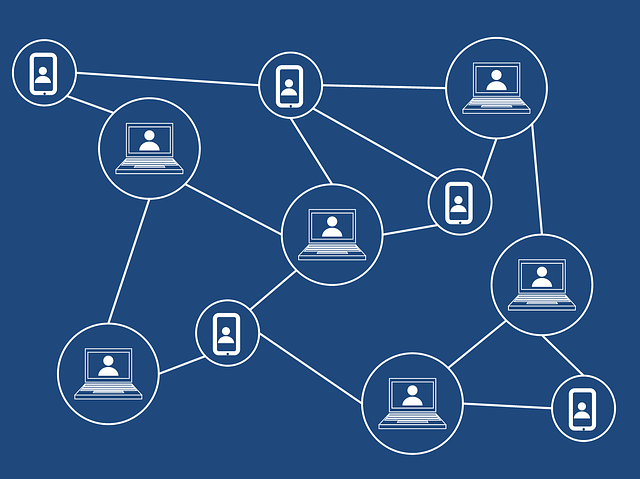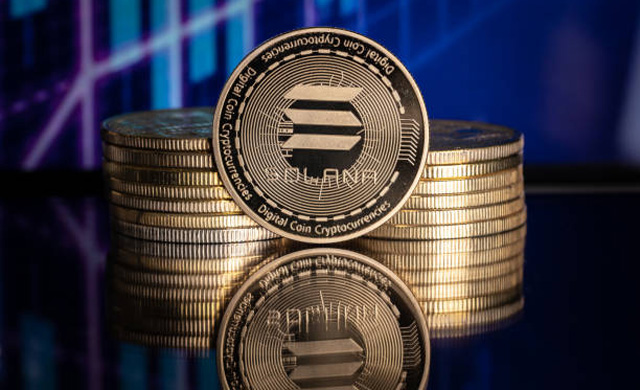Layer 3 protocols represent the next level of blockchain evolution, leveraging Layer 2 frameworks to address scalability challenges while providing tailored solutions for diverse applications.

At the foundation, Layer 1 blockchains establish transaction finality and block addition, yet grapple with the blockchain trilemma—balancing scalability, decentralization, and security. Bitcoin and Ethereum exemplify prioritizing decentralization and security, albeit at the expense of scalability, leading to sluggish transaction speeds under heavy network loads.

Layer 2 solutions intervene to tackle scalability hurdles by offering off-chain vertical scaling atop Layer 1 blockchains like Ethereum. These solutions, such as rollups and valiums, exemplified by Polygon 2.0, promise faster transactions and reduced gas fees. Platforms like Polygon, zkSync, and Arbitrum empower developers to craft application-specific chains atop Layer 2 infrastructures, setting the stage for Layer 3 innovations.
Layer 3 protocols emerge as advanced frameworks atop existing Layer 2 solutions, facilitating interoperability and bespoke functionalities. Tailored to specific requirements, Layer 3s accommodate diverse needs, from privacy enhancements to high-volume transaction support, while upholding Layer 1 security guarantees. Predominantly residing on Ethereum, Layer 3 ecosystems empower developers to create tailored solutions, though some blockchains, such as Bitcoin, currently lack the infrastructure for hosting Layer 3 applications.

Exploring Layer 3 Innovations: Revolutionizing Blockchain Scalability and Accessibility
Understanding the collaborative dynamics of Layers 1, 2, and 3 within the blockchain ecosystem sets the stage for a deeper dive into the transformative potential of Layer 3 solutions.
Enhanced Scalability
Layer 3 architectures are meticulously crafted to transcend the scalability limitations inherent in Layer 1 and Layer 2 infrastructures. By significantly expanding transaction throughput capacities, Layer 3 networks pave the way for handling extensive transaction volumes and accommodating a diverse array of sophisticated applications simultaneously.
Advanced dApp Support
The robust infrastructure of Layer 3 protocols empowers the development of intricate decentralized applications (dApps), necessitating advanced functionalities. This advancement promises to elevate web design standards, making applications more user-friendly and accessible to a broader audience. Moreover, Layer 3 facilitates the implementation of intricate smart contract designs, unlocking possibilities beyond the confines of Layer 1 and Layer 2 scalability constraints.

Blockchain Interoperability
Layer 3 frameworks bridge the interoperability gap by seamlessly connecting disparate blockchain platforms. Acting as conduits for data and transaction flow across diverse networks like Ethereum and Solana, Layer 3 dApps foster a more interconnected and cohesive blockchain ecosystem.
Tailored Customization
With a focus on flexibility, Layer 3 solutions cater to developers’ unique requirements. Tailored mechanisms enable the execution of private transactions and contracts, ensuring data confidentiality. Developers wield unparalleled control over dApp governance, rules, and functionalities, customizing the user experience to align with specific needs.
Cost Efficiency
Leveraging off-chain processing capabilities, Layer 3 networks alleviate network congestion, thereby reducing transaction fees. This cost-effective approach lowers entry barriers for developers and users, fostering wider adoption and participation in the blockchain ecosystem.
Enhanced Accessibility
Layer 3 implementations prioritize accessibility and ease of adoption. For instance, Arbitrum Orbit, a Layer 3 solution, democratizes blockchain deployment by enabling individuals to build and deploy their own Layer 3 networks without cumbersome approval processes. This streamlined approach contrasts with the intricate launch procedures associated with Layer 2 networks, further democratizing blockchain innovation.
In Conclusion:
Layer 3 development represents a transformative milestone in the cryptocurrency landscape, amalgamating the strengths of Layer 1 and Layer 2 to create a scalable and secure network environment.
While still in the developmental stages, Layer 3 solutions are poised to redefine blockchain utilization, offering unprecedented scalability and accessibility. Embracing Layer 3 innovations promises to usher in a new era of blockchain functionality, enabling networks to effortlessly handle high transaction volumes and empowering a diverse range of applications.
Learn from market wizards: Books to take your trading to the next level.














